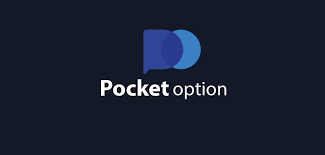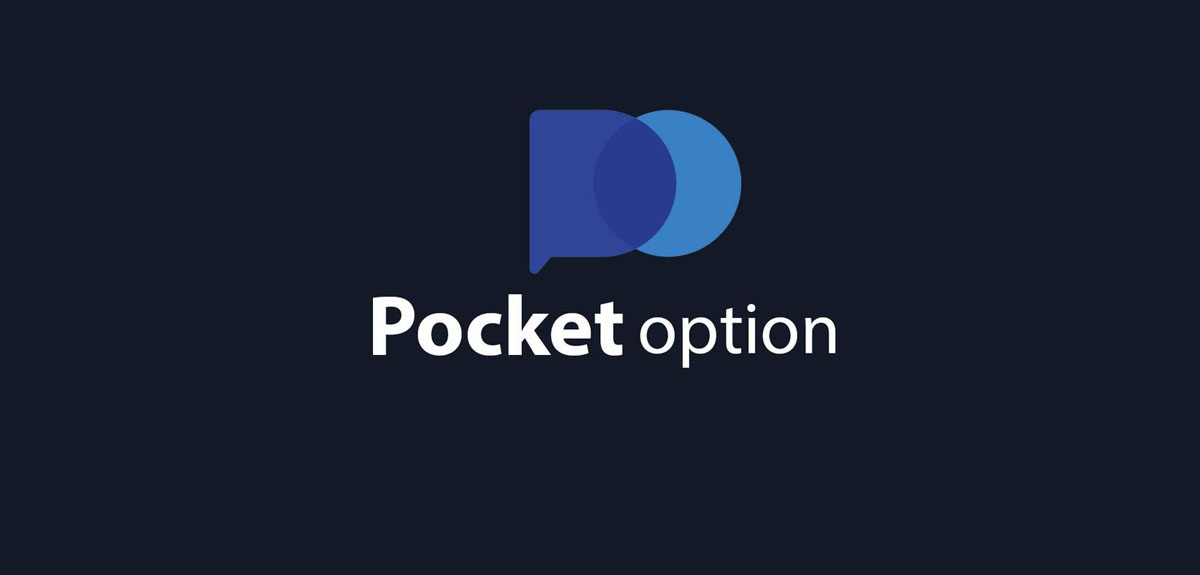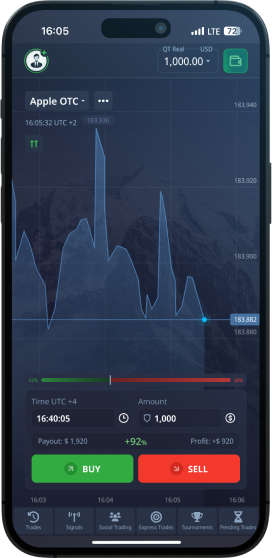
Exploring Pocket Option API Python: A Comprehensive Guide
In the world of online trading, having an effective strategy and the right tools can make all the difference. One such tool is the pocket option api python pocket option api python, which provides traders with a robust method for automating trades, accessing market data, and managing their accounts. In this article, we will delve deep into how to get started with Pocket Option API using Python, covering everything from setup to implementing advanced trading strategies.
What is Pocket Option?
Pocket Option is an online trading platform that has gained traction among traders due to its user-friendly interface and a wide range of trading options. It allows users to trade various assets, such as currencies, cryptocurrencies, commodities, and stocks. One of the key features of Pocket Option is its API, which enables developers to create automated trading solutions using programming languages like Python.
Getting Started with Pocket Option API
Before diving into coding, you need to set up your Pocket Option account and generate your API key. Here’s how you can do it:
- Create an account on the Pocket Option website.
- Navigate to the API section in your account settings.
- Generate a new API key and note it down securely, as you will need it for authentication.
Installing Required Libraries
To interact with the Pocket Option API, we will use the `requests` library in Python. If you haven’t installed it yet, you can do so using pip:
pip install requestsAuthentication
Authentication is a crucial part of using the Pocket Option API. You will need your API key to authenticate your requests. Here’s a simple example of how to authenticate:
import requests
API_KEY = 'your_api_key'
BASE_URL = 'https://api.pocketoption.com'
def authenticate():
headers = {
'Authorization': f'Bearer {API_KEY}'
}
response = requests.get(f'{BASE_URL}/auth', headers=headers)
return response.json()
auth_response = authenticate()
print(auth_response)This code snippet sets up a basic authentication function that retrieves your authentication status from the API.

Fetching Market Data
Once authenticated, you can start fetching market data. Market data is essential for making informed trading decisions. Here’s how you can retrieve market data:
def get_market_data():
headers = {
'Authorization': f'Bearer {API_KEY}'
}
response = requests.get(f'{BASE_URL}/markets', headers=headers)
return response.json()
market_data = get_market_data()
print(market_data)This function will return the current market data, which includes various trading pairs and their current prices.
Placing a Trade
After analyzing market data, you might want to place a trade. Below is an example of how to do this:
def place_trade(asset, amount, direction):
headers = {
'Authorization': f'Bearer {API_KEY}',
'Content-Type': 'application/json'
}
payload = {
'asset': asset,
'amount': amount,
'direction': direction
}
response = requests.post(f'{BASE_URL}/trade', json=payload, headers=headers)
return response.json()
 trade_response = place_trade('BTCUSD', 10, 'call')
print(trade_response)
trade_response = place_trade('BTCUSD', 10, 'call')
print(trade_response)In this example, the `place_trade` function allows you to specify the asset you want to trade, the amount to invest, and the direction of the trade (either ‘call’ or ‘put’).
Error Handling
When working with APIs, it’s important to implement error handling to catch issues that may arise during execution. Here’s how you can manage potential errors:
def handle_response(response):
if response.status_code != 200:
raise Exception(f'Error {response.status_code}: {response.json().get("message", "No error message provided")}')
return response.json()
response = requests.get(f'{BASE_URL}/markets', headers=headers)
handle_response(response)This function checks the response status code and raises an exception if the status code indicates an error.
Implementing Advanced Trading Strategies
With the basics covered, you can start implementing more sophisticated trading strategies. For instance, you could build a trading bot that uses technical indicators to make trading decisions automatically. Common indicators include moving averages, Relative Strength Index (RSI), and Bollinger Bands. You could use libraries like `pandas` and `numpy` to perform calculations and analyze historical data.
Example: Moving Average Crossover Strategy
This strategy involves calculating two moving averages (one short-term and one long-term) and generating buy/sell signals based on their crossover points.
import pandas as pd
def moving_average_crossover(data):
data['Short_MA'] = data['Close'].rolling(window=5).mean()
data['Long_MA'] = data['Close'].rolling(window=20).mean()
buy_signals = (data['Short_MA'] > data['Long_MA']) & (data['Short_MA'].shift(1) <= data['Long_MA'].shift(1))
sell_signals = (data['Short_MA'] = data['Long_MA'].shift(1))
return buy_signals, sell_signalsBy applying this strategy, traders can automate their decision-making process and improve efficiency.
Conclusion
The Pocket Option API provides traders with powerful tools to automate their trading processes, analyze market data, and implement complex trading strategies. With Python, you can easily integrate the API into your trading systems. This article has covered the essentials to get you started, from authentication to placing trades, as well as implementing advanced strategies. As you delve deeper, the possibilities with the Pocket Option API and Python are virtually limitless.
